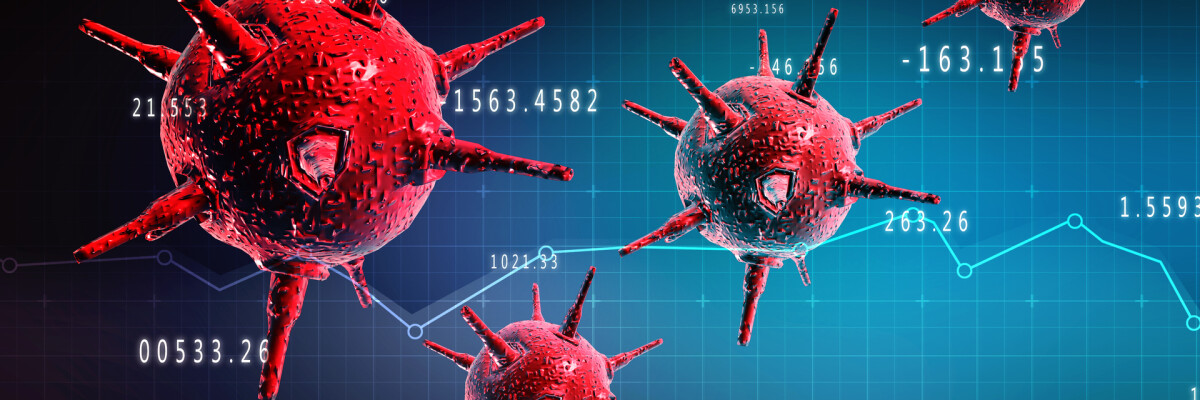Since the COVID-19 pandemic and the theory that bats carry the coronavirus, many scientists have become interested in how disease arises and develops in the animal-human relationship.
Georgetown University researchers have discovered that not only can humans become infected by animals, but they can also infect them themselves! And almost anyone — from dogs and minks to deer and primates. The researchers have identified and described around 100 cases of humans transmitting the virus to animals.
During the pandemic, for example, humans spread SARS-CoV-2 to mink farms and zoos, and the virus later reached wildlife, infecting white-tailed deer. However, it is in zoos where human-animal contact is most common and where veterinarians around the clock monitor animals to ensure that any changes in their well-being get promptly recorded.
Scientists have found that pathogens move most easily between closely related groups. For example, it is proven that half of human and primate animal infections occur in humans. Such transmission of pathogens from one species to another is dangerous, primarily because the virus finds a new reservoir for its evolution and generates new strains that are passed back to humans, and so it goes in a circle.
To break this chain, researchers at Georgetown University have proposed using artificial intelligence to predict which species is most likely to carry the virus and serve as a 'reservoir.' The researchers compared the predictions made by artificial intelligence during the pandemic with the current world situation and found that most of the predictions were correct.
Share this with your friends!





Be the first to comment
Please log in to comment